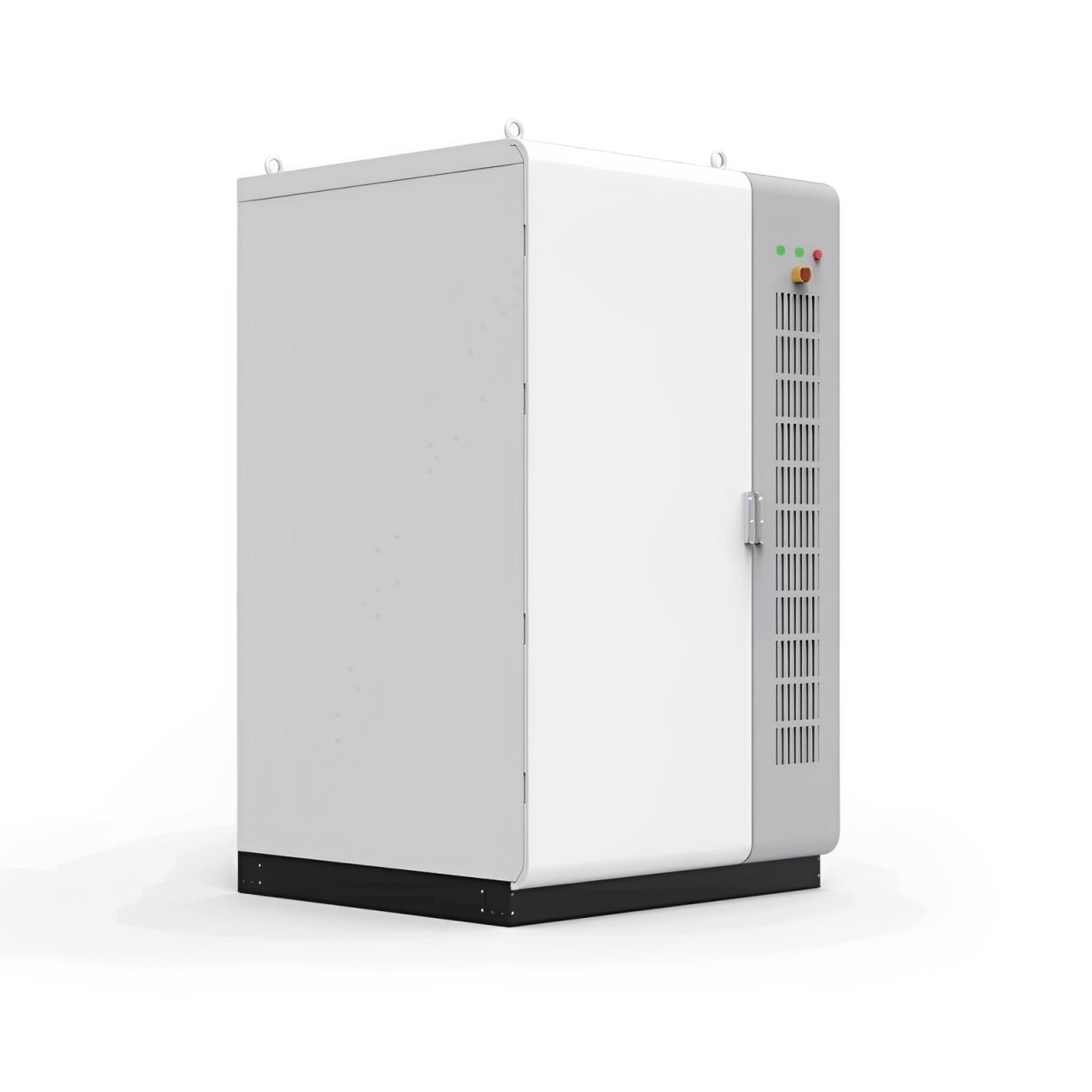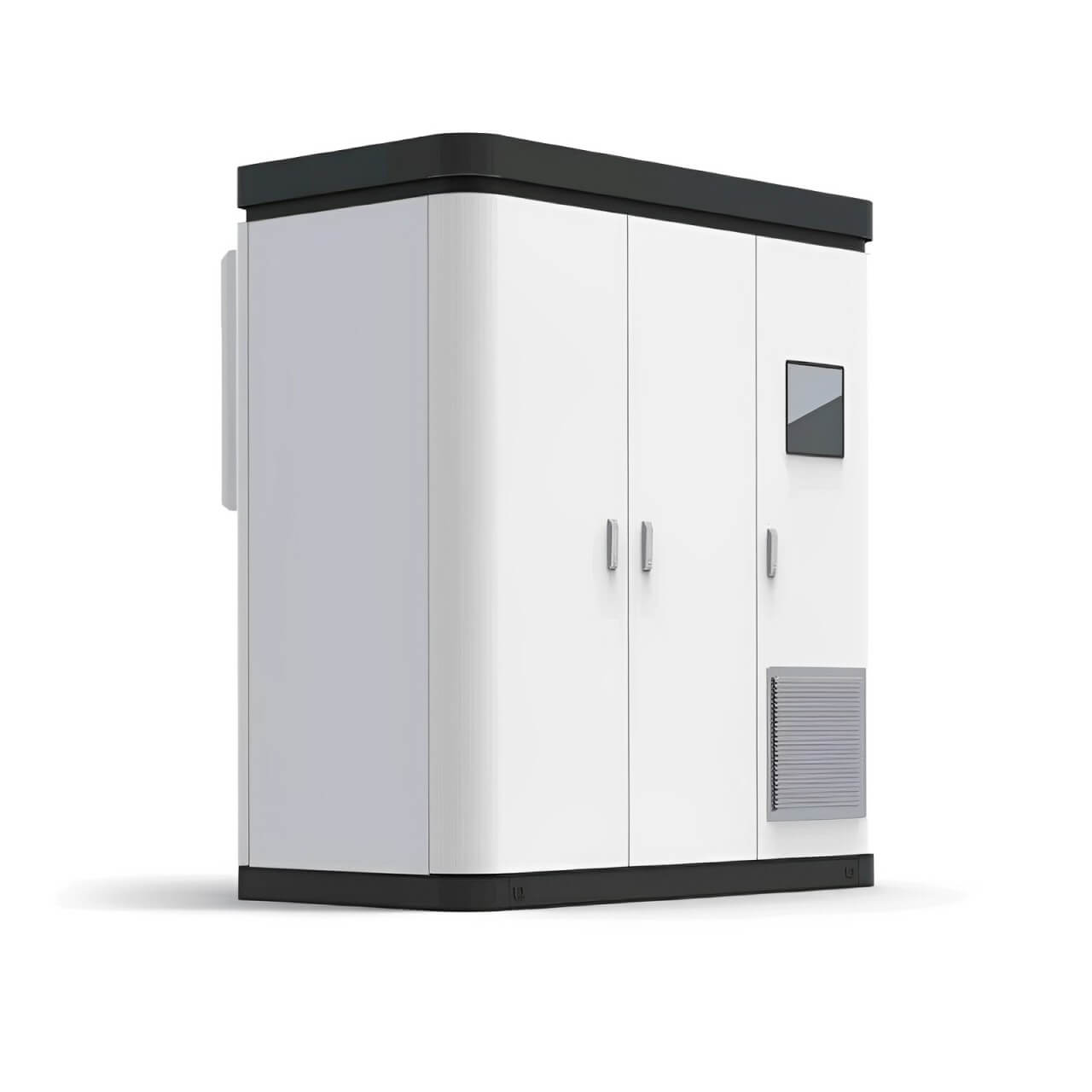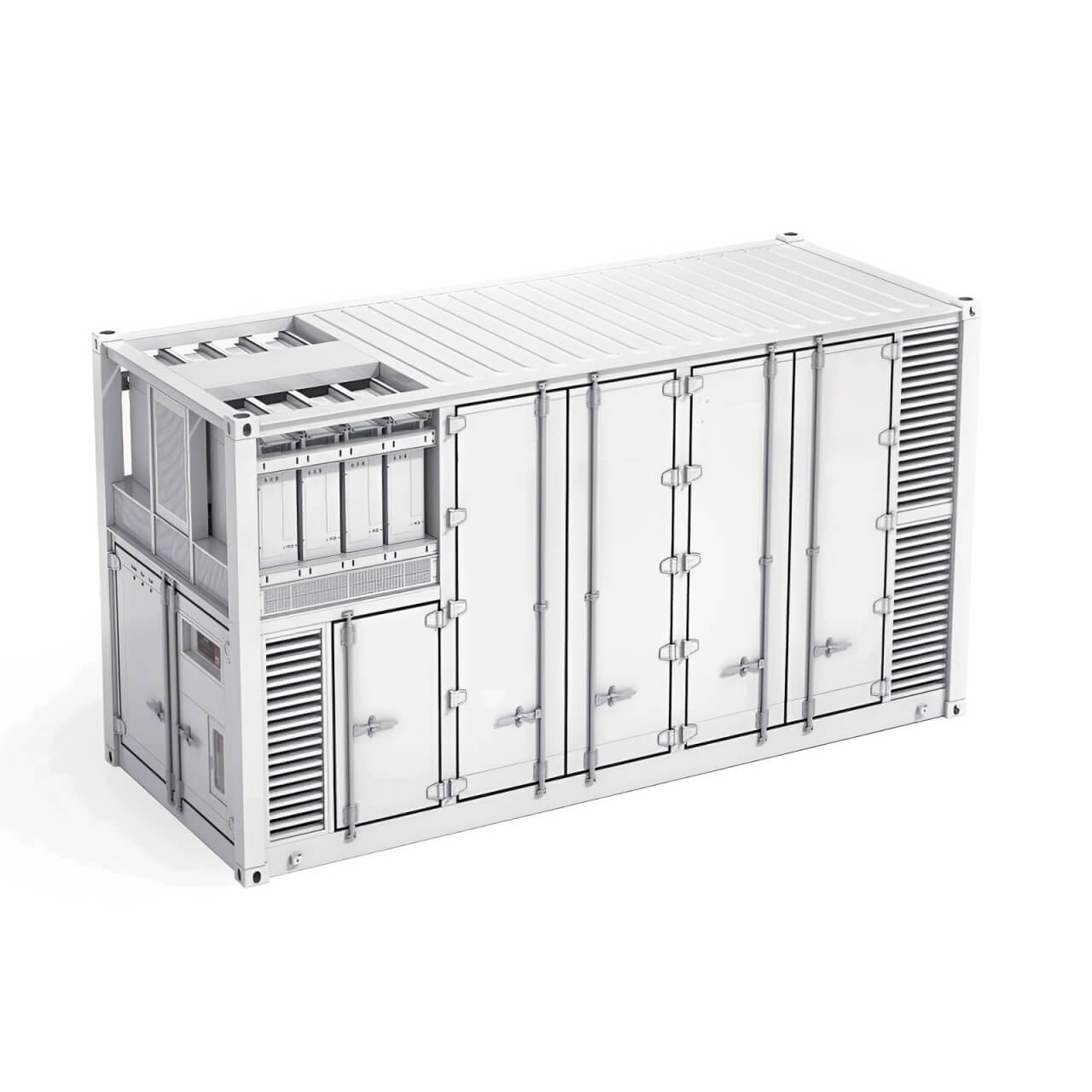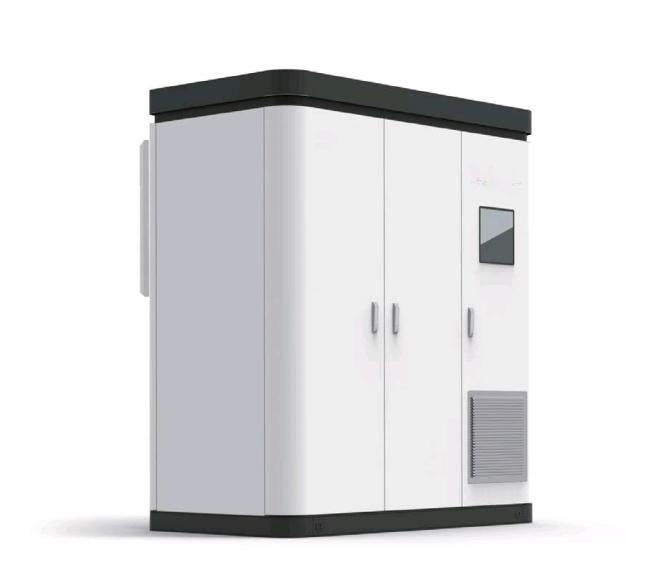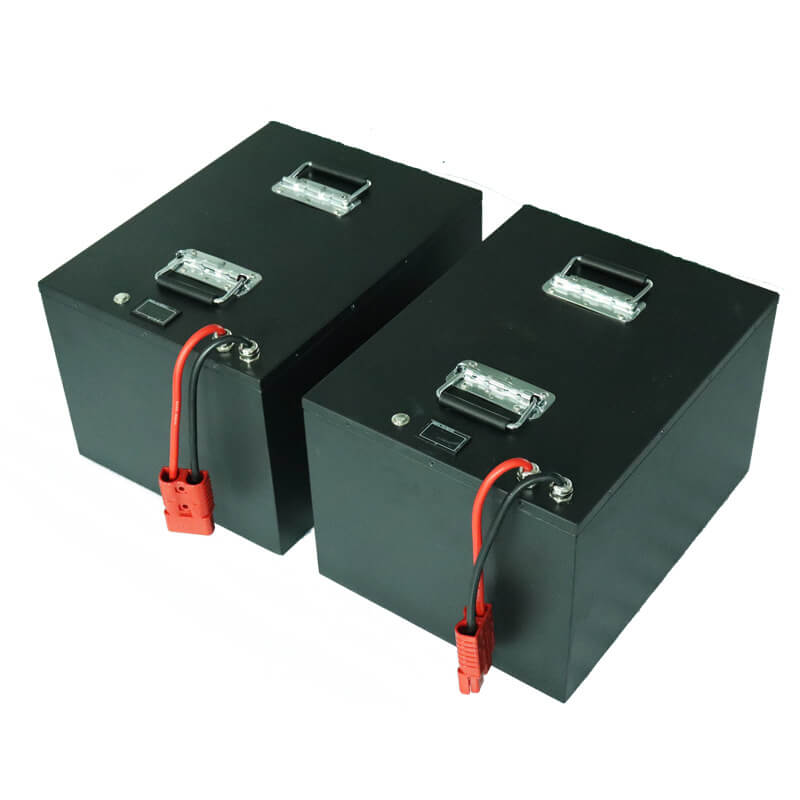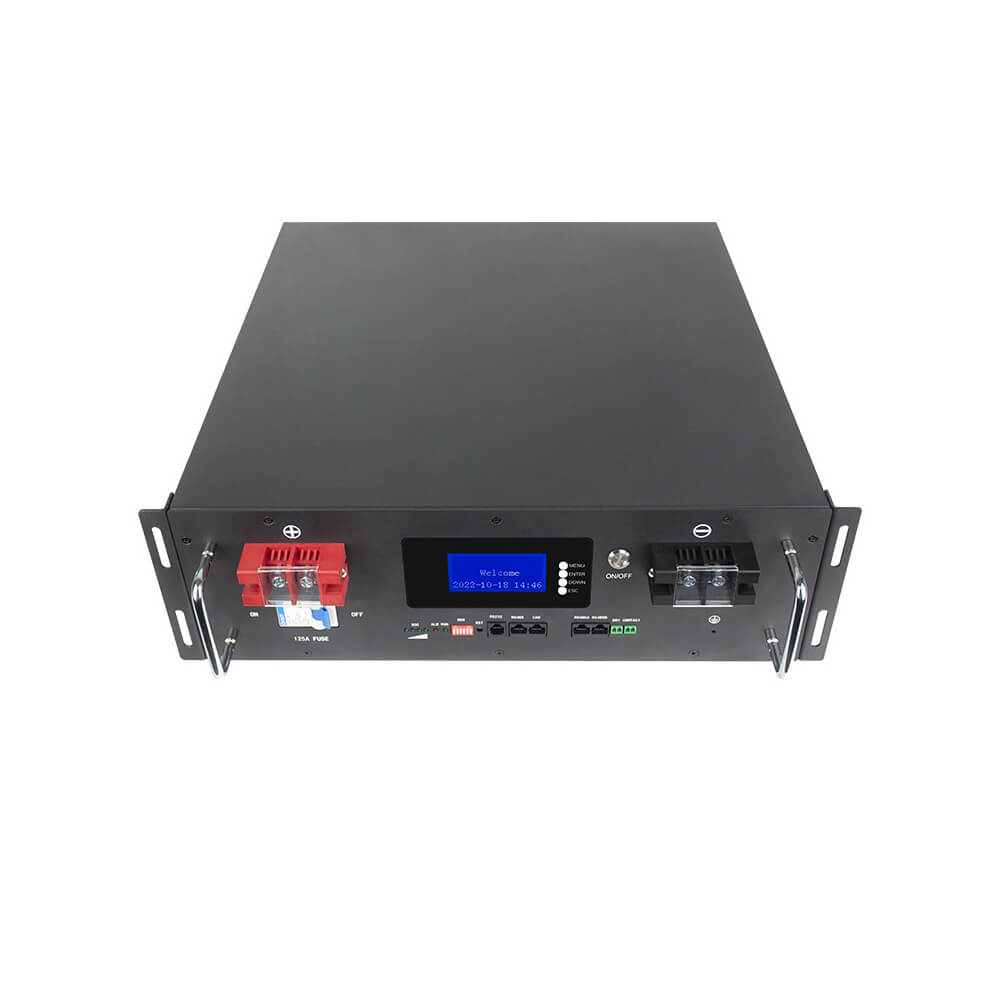Battery management systems do not have a fixed or unique set of criteria that must be adopted. The technology design scope and implemented features generally correlate with:
· The costs, complexity, and size of the battery pack
· Application of the battery and any safety, lifespan, and warranty concerns
· Certification requirements from various government regulations where costs and penalties are paramount if inadequate functional safety measures are in place
There are many BMS design features, with battery pack protection management and capacity management being two essential features. We’ll discuss how these two features work here. Battery pack protection management has two key arenas: electrical protection, which implies not allowing the battery to be damaged via usage outside its SOA, and thermal protection, which involves passive and/or active temperature control to maintain or bring the pack into its SOA.

Electrical Management Protection: Current
Monitoring battery pack current and cell or module voltages is the road to electrical protection. The electrical SOA of any battery cell is bound by current and voltage. Figure 1 illustrates a typical lithium-ion cell SOA, and a well-designed BMS will protect the pack by preventing operation outside the manufacturer’s cell ratings. In many cases, further derating may be applied to reside within the SOA safe zone in the interest of promoting further battery lifespan.
Lithium-ion cells have different current limits for charging than for discharging, and both modes can handle higher peak currents, albeit for short time periods. Battery cell manufacturers usually specify maximum continuous charging and discharging current limits, along with peak charging and discharging current limits. A BMS providing current protection will certainly apply a maximum continuous current. However, this may be preceded to account for a sudden change of load conditions; for example, an electric vehicle’s abrupt acceleration. A BMS may incorporate peak current monitoring by integrating the current and after delta time, deciding to either reduce the available current or to interrupt the pack current altogether. This allows the BMS to possess nearly instantaneous sensitivity to extreme current peaks, such as a short-circuit condition that has not caught the attention of any resident fuses, but also be forgiving to high peak demands, as long as they are not excessive for too long.
Electrical Management Protection: Voltage
Figure 2 shows that a lithium-ion cell must operate within a certain voltage range. These SOA boundaries will ultimately be determined by the intrinsic chemistry of the selected lithium-ion cell and the temperature of the cells at any given time. Moreover, since any battery pack experiences a significant amount of current cycling, discharging due to load demands and charging from a variety of energy sources, these SOA voltage limits are usually further constrained to optimize battery lifespan. The BMS must know what these limits are and will command decisions based upon the proximity to these thresholds. For example, when approaching the high voltage limit, a BMS may request a gradual reduction of charging current, or may request the charging current be terminated altogether if the limit is reached. However, this limit is usually accompanied by additional intrinsic voltage hysteresis considerations to prevent control chatter about the shutdown threshold. On the other hand, when approaching the low voltage limit, a BMS will request that key active offending loads reduce their current demands. In the case of an electric vehicle, this may be carried out by reducing the allowed torque available to the traction motor. Of course, the BMS must make safety considerations for the driver the highest priority while protecting the battery pack to prevent permanent damage.
Thermal Management Protection: Temperature
At face value, it may appear that lithium-ion cells have a wide temperature operating range, but overall battery capacity diminishes at low temperatures because chemical reaction rates slow down remarkably. With respect to capability at low temperatures, they do perform much better than lead-acid or NiMh batteries; however, temperature management is prudently essential since charging below 0 °C (32 °F) is physically problematic. The phenomenon of plating of metallic lithium can occur on the anode during sub-freezing charging. This is permanent damage and not only results in reduced capacity, but cells are more vulnerable to failure if subjected to vibration or other stressful conditions. A BMS can control the temperature of the battery pack through heating and cooling.
Realized thermal management is entirely dependent upon the size and cost of the battery pack and performance objectives, design criteria of the BMS, and product unit, which may include consideration of targeted geographic region (e.g. Alaska versus Hawaii). Regardless of the heater type, it is generally more effective to draw energy from an external AC power source, or an alternative resident battery purposed to operate the heater when needed. However, if the electric heater has a modest current draw, energy from the primary battery pack can be siphoned to heat itself. If a thermal hydraulic system is implemented, then an electric heater is used to heat the coolant which is pumped and distributed throughout the pack assembly.
BMS design engineers undoubtedly have tricks of their design trade to trickle heat energy into the pack. For example, various power electronics inside the BMS dedicated to capacity management can be turned on. While not as efficient as direct heating, it can be leveraged regardless. Cooling is particularly vital to minimize the performance loss of a lithium-ion battery pack. For example, perhaps a given battery operates optimally at 20°C; if the pack temperature increases to 30°C, its performance efficiency could be reduced by as much as 20%. If the pack is continuously charged and recharged at 45°C (113°F), the performance loss can rise to a hefty 50%. Battery life can also suffer from premature aging and degradation if continually exposed to excessive heat generation, particularly during fast charging and discharging cycles. Cooling is usually achieved by two methods, passive or active, and both techniques may be employed. Passive cooling relies on movement of air flow to cool the battery. In the case of an electric vehicle, this implies that it is simply moving down the road. However, it may be more sophisticated than it appears, as air speed sensors could be integrated to strategically auto-adjust deflective air dams to maximize air flow. Implementation of an active temperature-controlled fan can help at low speeds or when the vehicle has stopped, but all this can do is merely equalize the pack with the surrounding ambient temperature. In the event of a scorching hot day, this could increase the initial pack temperature. Thermal hydraulic active cooling can be designed as a complementary system, and typically utilizes ethylene-glycol coolant with a specified mixture ratio, circulated via an electric motor-driven pump through pipes/hoses, distribution manifolds, a cross-flow heat exchanger (radiator), and cooling plate resident against the battery pack assembly. A BMS monitors the temperatures across the pack, and open and closes various valves to maintain the temperature of the overall battery within a narrow temperature range to ensure optimal battery performance.
Capacity Management
Maximizing a battery pack capacity is arguably one of the most vital battery performance features that a BMS provides. If this maintenance is not performed, a battery pack may eventually render itself useless. The root of the issue is that a battery pack “stack” (series array of cells) is not perfectly equal and intrinsically has slightly different leakage or self-discharge rates. Leakage is not a manufacturer defect but a battery chemistry characteristic, though it may be statistically impacted from minute manufacturing process variations. Initially a battery pack may have well-matched cells, but over time, the cell-to-cell similarity further degrades, not just due to self-discharge, but also impacted from charge/discharge cycling, elevated temperature, and general calendar aging. With that understood, recall earlier the discussion that lithium-ion cells perform superbly, but can be rather unforgiving if operated outside a tight SOA. We learned previously about required electrical protection because lithium-ion cells do not deal well with over-charging. Once fully charged, they cannot accept any more current, and any additional energy pushed into it gets transmuted in heat, with voltage potentially rising quickly, possibly to dangerous levels. It is not a healthy situation for the cell and can cause permanent damage and unsafe operating conditions if it continues.
The battery pack series cell array is what determines the overall pack voltage, and mismatch between adjacent cells creates a dilemma when attempting to charge up any stack. Figure 3 shows why this is so. If one has a perfectly balanced set of cells, all is fine as each will charge up in equal fashion, and the charging current can be cut off when the upper 4.0 voltage cut-off threshold is reached. However, in the unbalanced scenario, the top cell will reach its charge limit early, and the charging current needs to be terminated for the leg before other underlying cells have been charged to full capacity.
The BMS is what steps in and saves the day, or the battery pack in this case. To show how this works, a key definition needs to be explained. The state-of-charge (SOC) of a cell or module at a given time is proportional to the charge available relative to the total charge when fully charged. Thus, a battery that resides at 50% SOC implies it is 50% charged, which is akin to a fuel gauge figure of merit. BMS capacity management is all about balancing the variation of the SOC across each stack in the pack assembly. Since the SOC is not a directly measurable quantity, it can be estimated by various techniques, and the balancing scheme itself generally falls into two main categories, passive and active. There are many variations of themes, and each type has pros and cons. It’s up to the BMS design engineer to decide which is optimal for the given battery pack and its application. Passive balancing is the easiest to implement, as well as to explain the general balancing concept. The passive method allows every cell in the stack to have the same charged capacity as the weakest cell. Using a relatively low current, it shuttles a small amount of energy from high SOC cells during the charging cycle so that all cells charge to their maximum SOC. Figure 4 illustrates how this is accomplished by the BMS. It monitors each cell and leverages a transistor switch and an appropriately sized discharge resistor in parallel with each cell. When the BMS senses a given cell is approaching its charge limit, it will steer excess current around it to the next cell below in a top-down fashion.
The balancing process endpoints, before and after, are shown in Figure 5. In summary, a BMS balances a battery stack by allowing a cell or module in a stack to see a different charging current than the pack current in one of the following ways:
· Removal of charge from the most charged cells, which gives headroom for additional charging current to prevent overcharging, and allows the less charged cells to receive more charging current
· Redirection of some or nearly all of the charging current around the most charged cells, thereby allowing the less charged cells to receive charging current for a longer length of time

 简体中文
简体中文 Russian
Russian French
French German
German Japanese
Japanese Korean
Korean Arabic
Arabic Spanish
Spanish